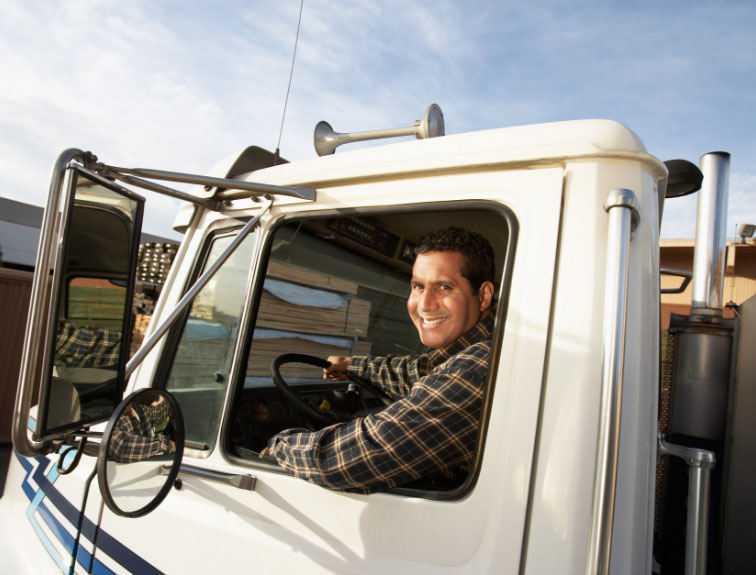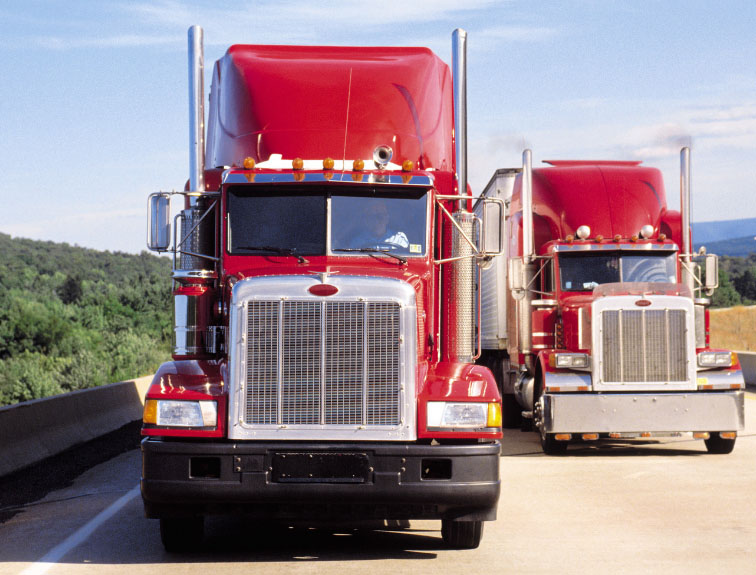It’s no secret going on the road is full of long stretches of time where you need something to listen to. As a long-haul truck driver, you may find yourself out on the road for a week or more. Listening to music can become a little boring after a while and you may be in need of something a little more engaging. We’ve compiled a list of diverse podcasts to help make your route a bit more enjoyable!
The Payload Podcast
The host is also the creator of the app ‘Truck Driver Power.’ Each episode is set up as an interview with a person related to trucking. From driving veterans to the marketing manager of Iowa 80 Truck Stops. The topics range from the dash cam debate to logistics for over the road trucking. All in all, they are quite informative. The shortest episode is shy of 19 minutes and the longest is 58 minutes. The Payload Podcast is hosted by JT Peters and can be found here.
Trucker Dump
Though there are only new episodes released monthly, Trucker Dump has been putting out content since 2009, so there are several Episodes to go back to. The episodes are both entertaining and informative! The early episodes are shorter, lasting only about 10 or 15 minutes. However, the newer episodes typically last between 1.5 to 2 hours. Love dad humor? This is the trucking podcast for you! The Trucker Dump Podcast is hosted by Todd McCann and can be found here.
The Lead Pedal Podcast
This podcast is easily digestible and is hosted by an experienced motivational speaker who shines behind the mic. Offering a broad range of topics, this podcast also features music at the end of each episode from various independent country artists. The Lead Pedal Podcast is hosted by Bruce Outridge and can be found here.
Eyes on the Road
The presentation of this podcast is akin to the nightly news on your favorite broadcast station. Lockridge’s delivery shows his seasoned skills as a broadcaster as he interviews an expert on the topic at hand in a clear and concise manner. Straight to the point, and no-nonsense, this is a great option for staying up to date on the most current events, specifically for truckers. Eyes on the Road is hosted by Evan Lockridge, you can find out more here.
Alice Isn’t Dead
If you’re looking for something a bit different than the standard news/talk style of most podcast, this is a great direction to go. Alice Isn’t Dead follows a long-haul truck driver as she searches for her thought to be dead wife. Along the way, encountering strange events and creatures. The events are relayed to the listener as if she’s telling her story over a CB radio. A distinctly trucker take on some very X-files like themes. The story is broken up into roughly 20-minute blocks. You can check out Alice isn’t dead here.
We hope you’ve been able to find something that works best for you! Whether you’re trucking at night or during the day, these trucking podcasts are bound to keep you entertained.



Recent Comments